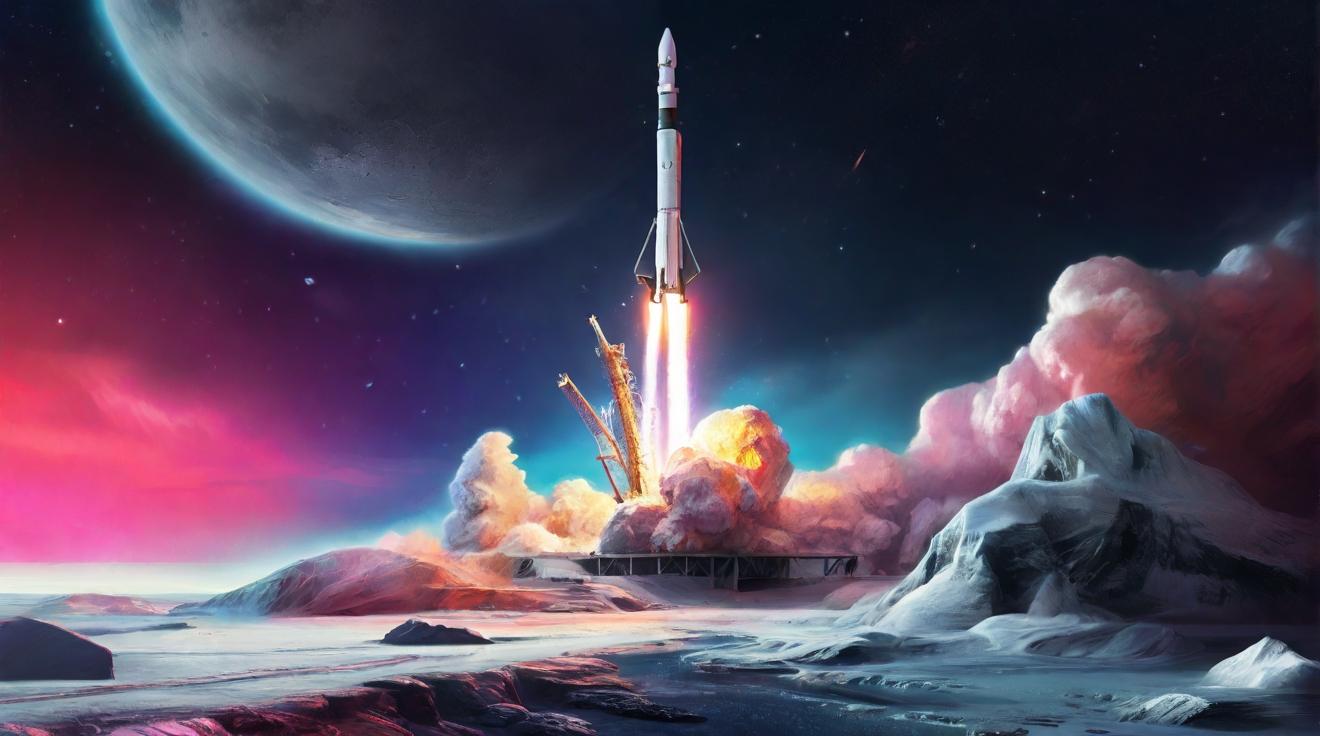SpaceX Aims for Lunar Milestone with IM-1 Mission Launch
In an ambitious move that has the space industry on the edge of its seat, SpaceX has successfully launched the IM-1 mission, marking a significant step towards commercial lunar exploration. The Houston-based company Intuitive Machines is steering this groundbreaking journey with its Nova-C lunar lander, Odysseus, making a beeline for the lunar south pole. Set for a February 22 arrival, this mission carries immense implications for the future of lunar exploration and the burgeoning space economy.
The Falcon 9 rocket, heralding from KSC’s Launch Pad 39-A, took off flawlessly, carrying six of the twelve payloads intended for NASA, further emphasizing the collaborative effort aiming for lunar insights. This launch not only showcases SpaceX's prowess in the commercial spaceflight arena but also lights the path for Intuitive Machines to potentially become the first commercial entity to achieve a soft landing on the moon.
The Promise of Commercial Lunar Exploration
The IM-1 mission is a testament to the enduring spirit of innovation that defines the space exploration sector. Carrying a variety of payloads, including experiments to study the lunar surface and technology demonstrations, this mission seeks to lay the groundwork for an extensive lunar research program. Beyond the scientific accomplishments, the endeavor represents a significant leap towards a robust lunar economy, where NASA and other entities could become customers for lunar science and cargo missions.
NASA's Commercial Lunar Payload Services (CLPS) program plays a pivotal role in this mission, fostering an environment where private companies, with modest direct aid from NASA, take the reins of lunar exploration. This program not only accelerates the pace at which these missions are conducted but also dramatically reduces costs, a boon for the future of space exploration.
Technical Challenges and Innovations
The journey to the moon is fraught with technical hurdles, as evidenced by previous unsuccessful attempts by Russia and private Japanese company ispace in 2023. However, the intuitive Machines team is relentless in its pursuit of a successful moon landing, leveraging cutting-edge technology and innovative approaches to overcome these challenges.
From advanced propulsion systems to lunar surface analysis tools, the payloads aboard the Nova-C lander are set to provide invaluable data that could redefine our understanding of lunar exploration. Notably, the mission will also deploy a 360-degree camera, developed by students at Embry-Riddle Aeronautical University, designed to capture the lander’s descent and assess the lunar dust plume generated upon landing.
Economic Implications and Future Endeavors
This mission is more than a scientific exploit; it's a significant marker in the path towards a sustainable lunar economy. By demonstrating the feasibility of commercial lunar landings, Intuitive Machines and SpaceX are paving the way for future missions that could see the moon as a springboard for further space exploration and an invaluable resource hub.
With NASA awarding 10 CLPS contracts worth $750 million and more opportunities on the horizon, the future looks promising for lunar exploration. The successful collaboration between government entities and private companies sets a new paradigm for space missions, where innovation, efficiency, and cost-effectiveness are at the forefront.
As we await the results of this historic mission, the space community remains hopeful that Intuitive Machines’ attempt will mark a new chapter in our lunar exploration saga, heralding an era of unprecedented commercial and scientific lunar ventures.
Analyst comment
Positive news.
As an analyst, the successful launch of SpaceX’s IM-1 mission signals a significant step towards commercial lunar exploration. This achievement showcases SpaceX’s capabilities and sets the stage for Intuitive Machines to potentially achieve a soft landing on the moon. With NASA’s CLPS program driving collaboration between private companies and significantly reducing costs, the future of lunar exploration and the space economy looks promising.













